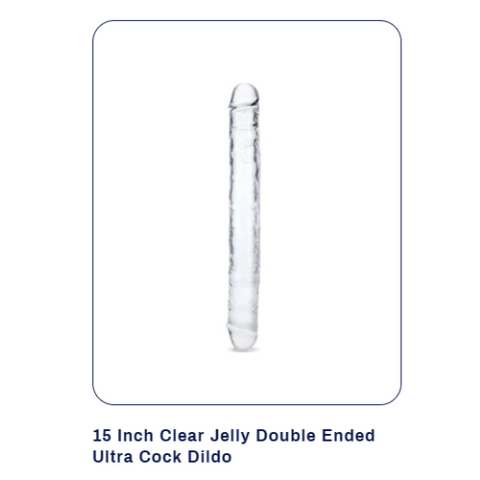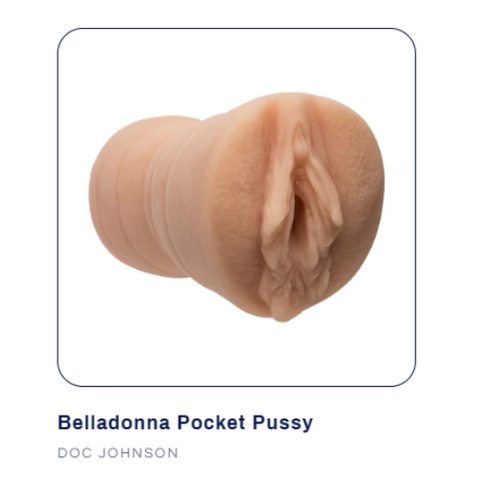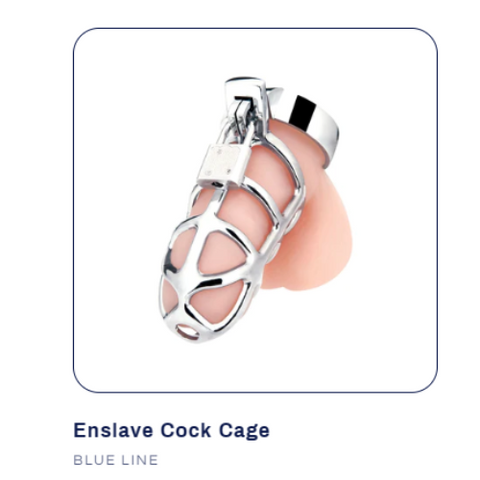Part 1: What is My Sex Toy Made Of?
You might be thinking "Hey, I'll just go over my sex toys with a baby wipe and call it a day." But hold up, this is where things could go wrong.
To make sure you're getting your toys as clean as possible, let's start by figuring out what your toy is made of. You can usually divide them into two groups: porous and nonporous materials.
Is My Sex Toy Porous or Non-Porous?
Nonporous materials are pretty solid and the easiest to clean, but porous materials have these tiny holes that can trap all sorts of crap and bacteria, so they need a little extra TLC.
Elastomer is the most common a form of porous rubber and you can find different varieties of it in your toys, such as:
- Thermoplastic rubber (TPR), also known as skin-safe rubber
- Thermoplastic elastomer (TRE), also referred to as skin-safe rubber
- Jelly rubber, which may sometimes contain phthalates
- Polyvinyl chloride (PVC), which may also contain phthalates
- Materials like RealSkyn and LoveClone, designed to mimic skin texture
- Latex, which isn’t regulated in sex toys the way it is in condoms and is also an allergen to some people



Side note: Phthalates are a whole thing and may or may not cause issues with human health so we'll go into this a bit later.
If your sex toy is crafted from nonporous materials, those tiny holes are a non-existent, meaning germs, bacteria and other microbes are less likely to hang around. These will sometimes also be labelled as hypoallergenic.
Here's a list of common nonporous sex toy materials:
- Acrylonitrile butadiene styrene (ABS) plastic, normally found in battery compartments and in plastic toys
- Borosilicate glass (similar to Pyrex dishes)
- Silicone
- Metals such as stainless steel



How Do I Find Out What My Sex Toy Is Made Of?
To determine what material your toy is made of, take a peek at the packaging or do a quick online search.
We usually name the materials in our products in the Specifications section of our product pages and if you'd like to know more about materials you can check out our handy guide here.
It's important to know that even after cleaning porous sex toys, you might not clear out as many germs as you would with nonporous ones, so it's probably better to keep them for solo sessions or use them with condoms during partner play—more on that coming up.
However, if your toy is nonporous and cleaned regularly then feel free to go to town with as many consenting adults as you wish!
Either way, it doesn't matter what your toy is made of, you should always give it a good wash and dry after each use to keep it nice and clean.
Part 2: How Often Should I Clean My Sex Toys?
The main thing to remember is that you should ideally clean your sex toys as soon as possible after you've used them, and before too if it’s been a little while since you put them to use.
The best place to fit this into your routine is to take them to the bathroom with you when you go freshen up before and when you go pee after, because as we like to remind you, the NHS says that peeing after sex is a great way to prevent UTIs.
The bottom line is, you should clean them before and after use regardless of which material they’re made of.
Part 3: How Do I Clean My Sex Toys?
Making sure you clean each of your sex toys right is just as crucial as doing it often. If you don't, you could end up accidentally changing its shape, affecting the material or even breaking any battery-powered stuff it's got going on.
What is the right cleaner for my sex toys?
We sell toy cleaners here at Silicone Secrets, which are antibacterial and specially formulated to care for your toys, but let’s be honest we’d rather you just not get an infection so you need to know that, even if you use a toy cleaner, you should always give your toys a good clean with a gentle, unscented hand or dish soap.
If you or your partner have a vagina, it’s important to note that it has its own pH balance, and scented soaps or cleaners can mess with that, leading to potential infections.
You should also watch out for any soap or cleaners that might leave a film or residue on your toys.
This should all be done using running water where possible. Cleaning in still water tends to leave a bit of soap behind and it doesn’t really wash away the bacteria that might be present. Running warm water washes the soap away and bacteria much more effectively.
How Do I Wash My Sex Toys?
Now we know what to clean them with, we need to match up the cleaning method with the material. Don’t forget, you can find the material of your toy either on our products page under specifications or on the packaging your toy came in.
Below we’ve made a table matching up the commonly found materials with the best washing method.
ABS Plastic
- Non-porous material
- Sensitive to temperature
- Likely to warp in high heat
Not Waterproof – Clean with unscented soap and wipe down with warm damp cloth.
Waterproof – Clean with unscented soap and rinse under warm running water.
Elastomer
- Porous material
- Sensitive to temperature
- Likely to warp in heat
Not Waterproof – Clean with unscented soap and wipe down with warm damp cloth.
Waterproof – Clean with unscented soap and rinse under warm running water.
Glass
- Non-porous material
- Can be sensitive to temperature
- Glass expands quickly and might explode if suddenly put into high heat
Not Waterproof – Clean with unscented soap and wipe down with warm damp cloth.
Waterproof – Clean with unscented soap and rinse under warm running water.
Borosilicate Glass
- Non-porous material
- Can be washed in high heat
Not Waterproof – Clean with unscented soap and wipe down with warm damp cloth.